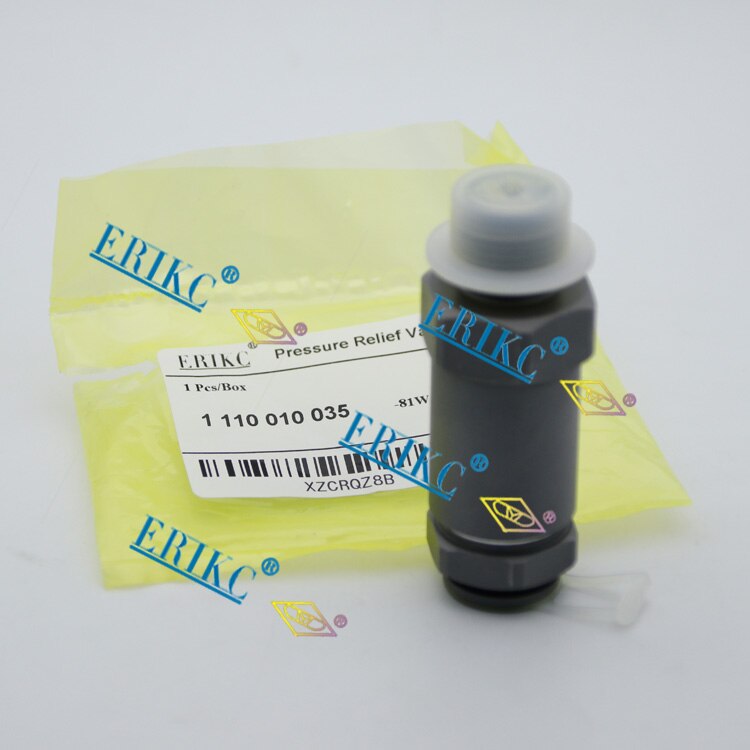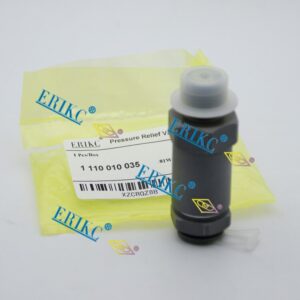What Is a Pressure Relief Valve?
A pressure relief valve is a safety device used to regulate system pressure by releasing excess pressure when needed. It plays a crucial role in systems like fuel injection, lubrication, and hydraulics, ensuring safety and optimal operation.

Structure of a Pressure Relief Valve
Pressure relief valves are made up of the following key parts:
- Valve Body: The main housing, often conical or spherical.
- Valve Seat: Seals the valve to prevent leakage.
- Adjustment Spring and Screw: Regulates the valve’s opening pressure.
- Lock Nut: Keeps the adjustment screw in place.
- Sealing Washer: Prevents fluid leakage.
How the Components Work Together
The valve opens when system pressure exceeds the set threshold, allowing excess medium to escape and stabilize the system. Once the pressure drops, the spring tension closes the valve, maintaining balance.
Common Applications of Pressure Relief Valves
Pressure relief valves are widely used in:
- Fuel Systems: Prevents excessive fuel pressure.
- Lubrication Systems: Protects against low oil pressure.
- Cooling Systems: Stabilizes thermal pressure.
- Hydraulic Systems: Ensures proper fluid flow and safety.
Diagnosing Pressure Relief Valve Issues
Common Symptoms to Watch For
- Fuel System Issues: Hard starting, misfires, or stalling under load may indicate valve leakage.
- Lubrication Problems: Bearing damage despite oil changes often points to valve failure.
- Hydraulic Performance Drops: Slow lifting mechanisms or audible leakage sounds can signal valve problems.
- Vacuum Relief Issues: Fuel tank deformation or unstable idle often stems from a failed intake valve.
Troubleshooting Guide for Common Faults
Leakage or Wear
- Minor Wear: Use fine abrasive paste to grind and smooth the valve seat.
- Severe Wear: Replace damaged components and test for sealing performance with kerosene.
Blockages
Disassemble the valve and clean thoroughly to remove debris causing pressure irregularities.
Spring Weakness or Breakage
- Temporary Fix: Add a 1 mm shim to restore tension.
- Permanent Solution: Replace damaged springs.
Best Practices for Maintenance
- Perform regular inspections and cleaning.
- Test valve opening pressure using appropriate tools.
- Replace worn components promptly to avoid system failures
Conclusion
Pressure relief valves are essential for ensuring system stability and protecting components from damage. By understanding their structure, function, and common faults, maintenance professionals can quickly diagnose and resolve issues, improving overall system performance and reliability.

